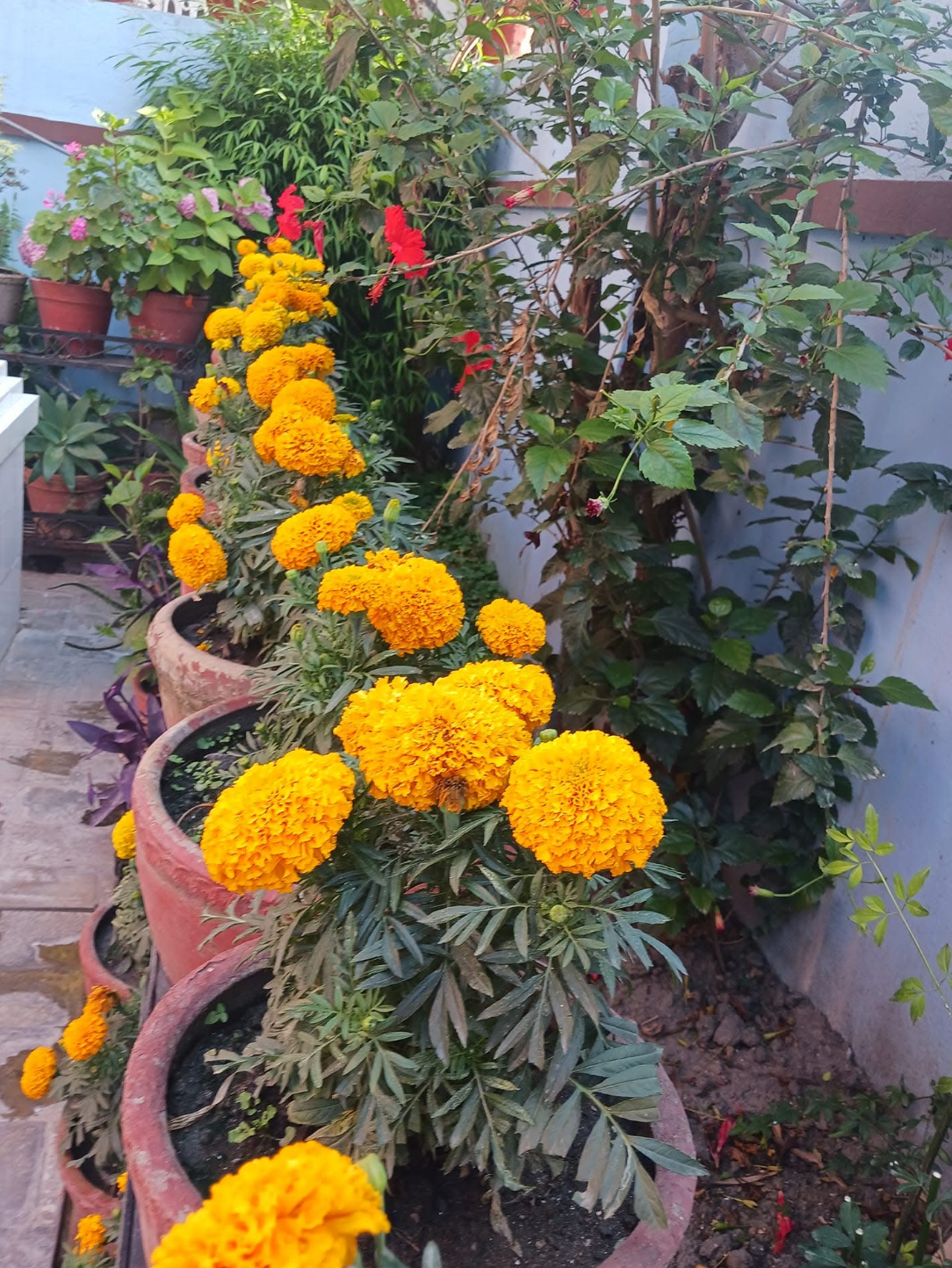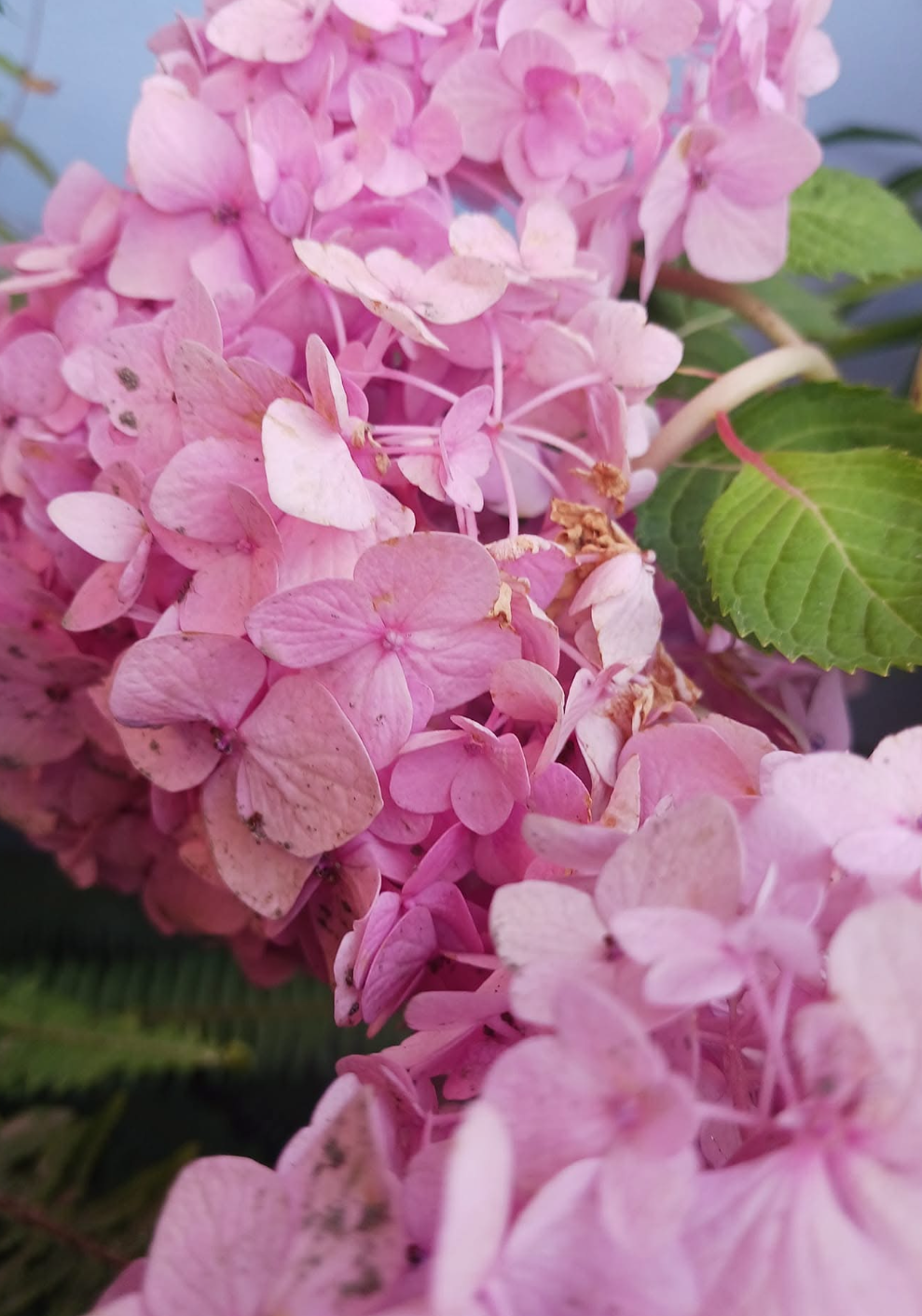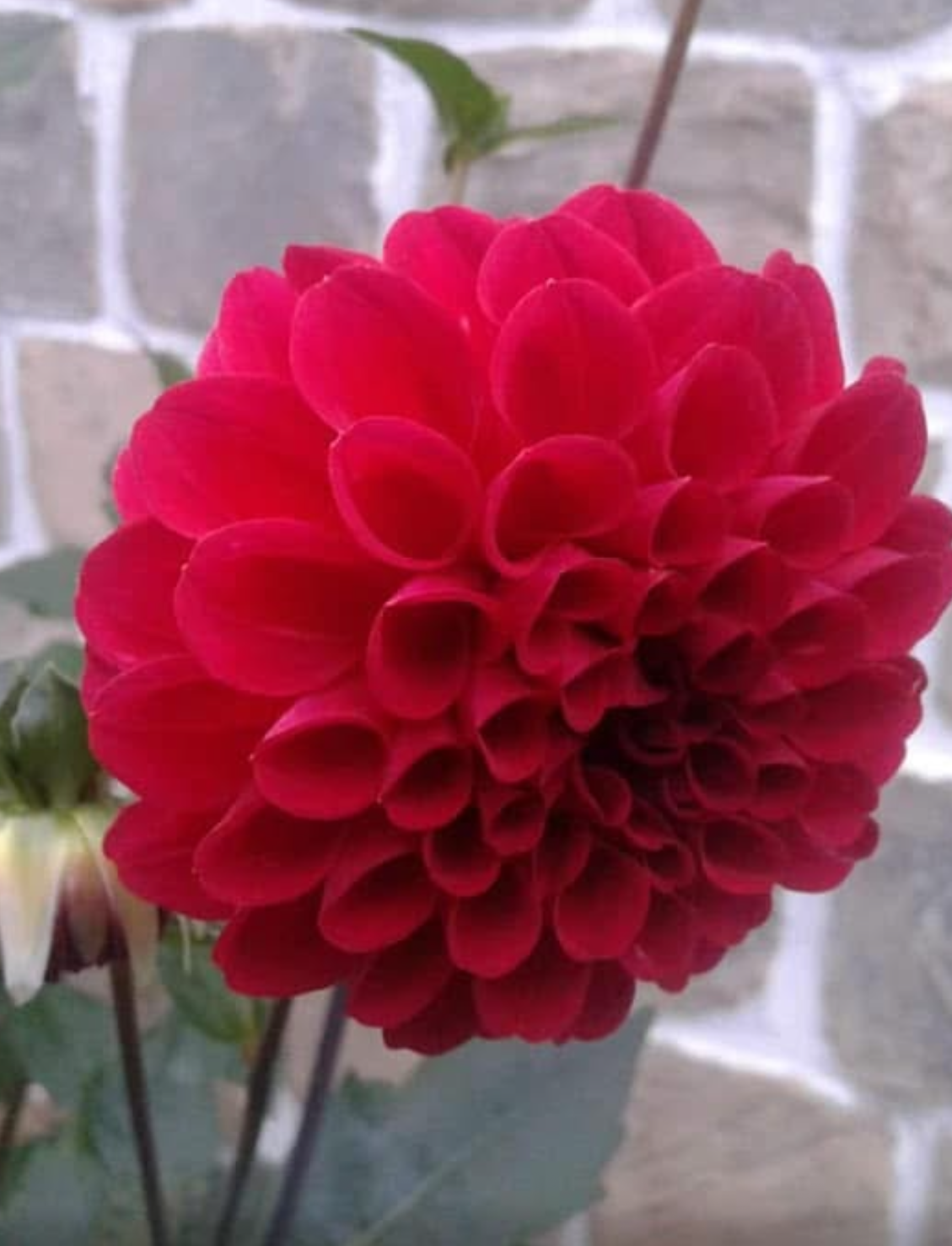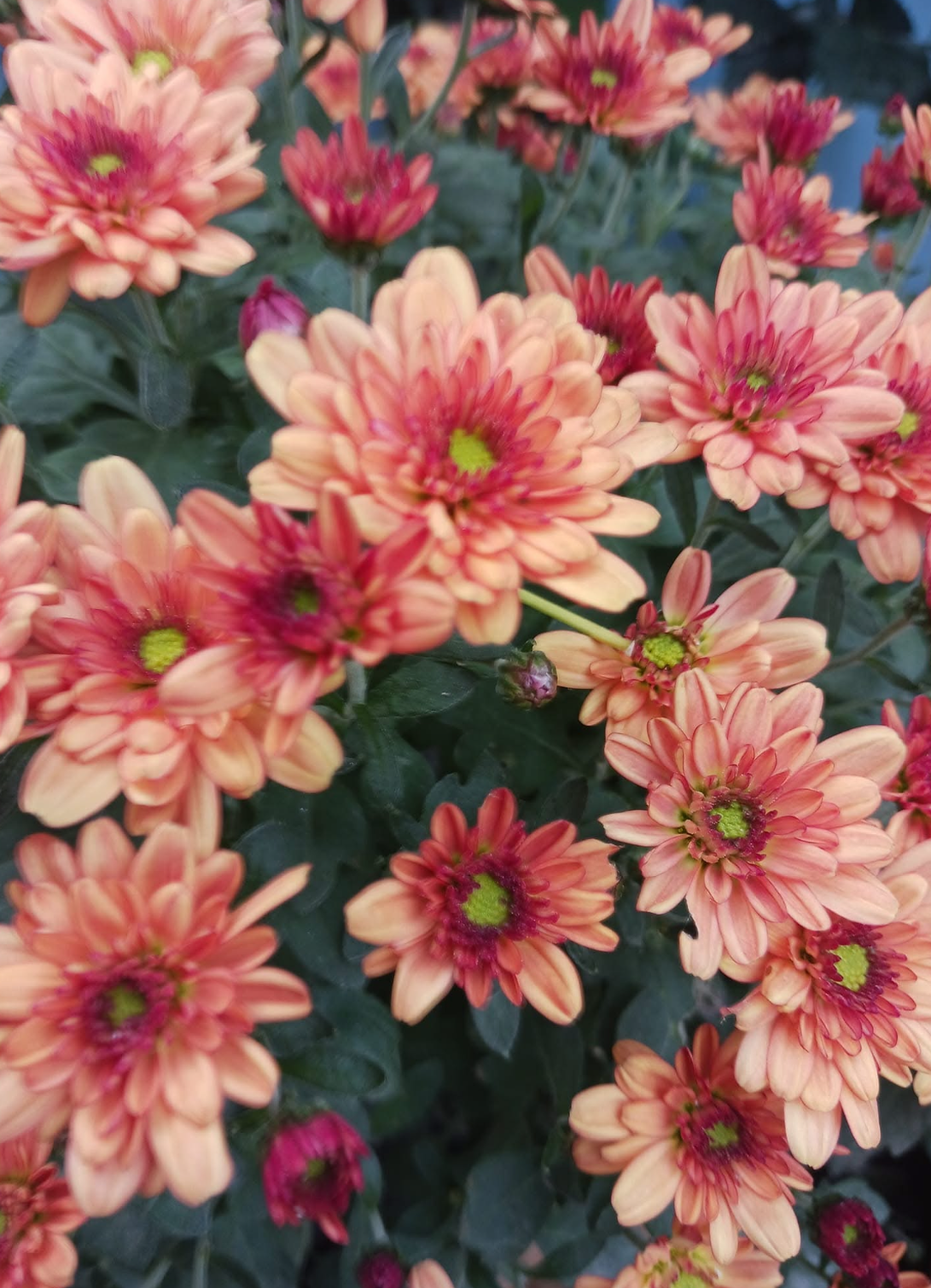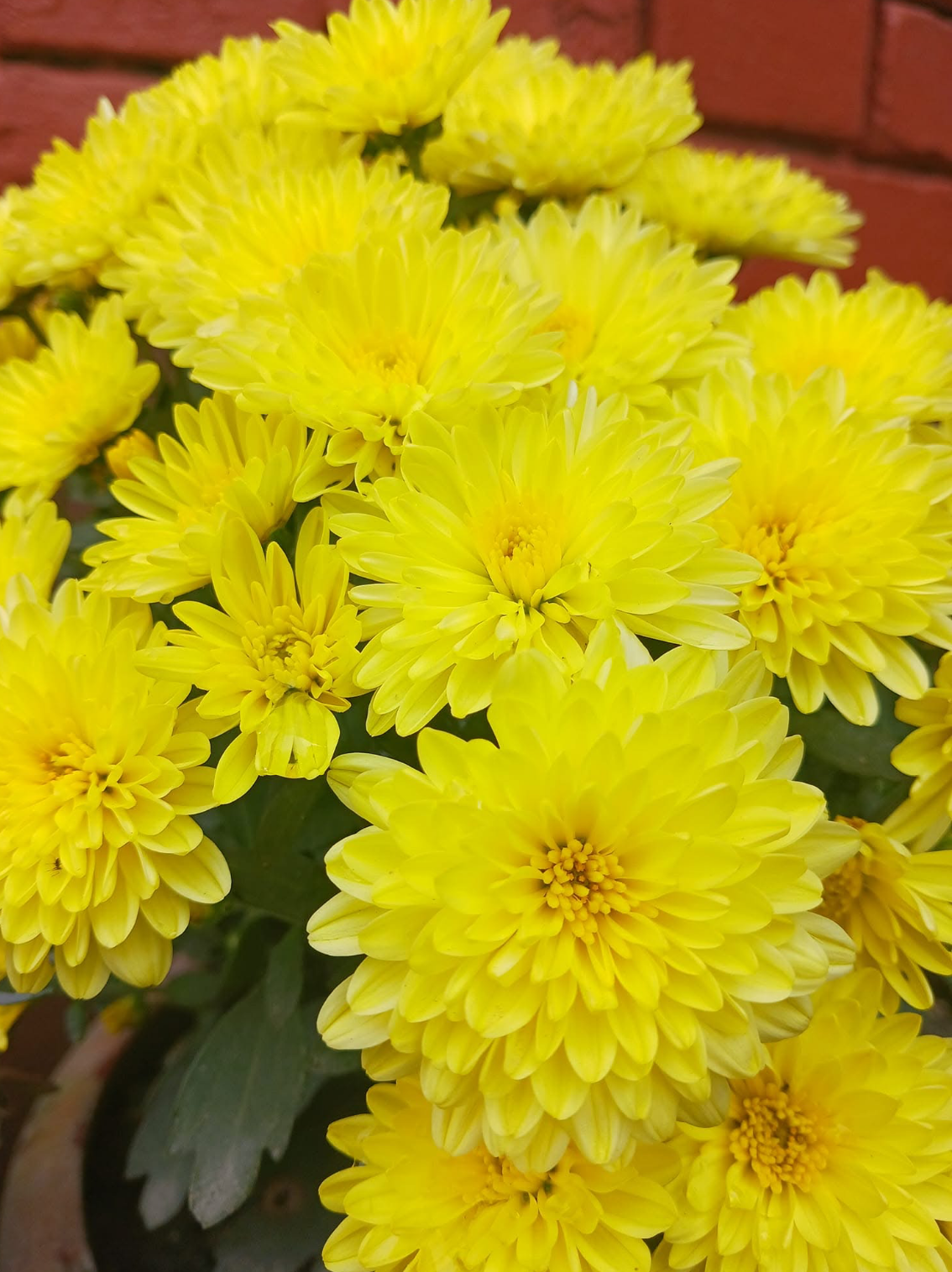How colors bound your eyes in silent chains
In Hindu cultures around the world, red is symbolic for married women, for women who embody the power of seduction, and for the goddess Kali. The brighter and more prominent the color red is in their lives, the more stable and happier their married lives are believed to be. Red signifies that a woman blooms like a laliguras (rhododendron) in her marriage. The notion carries a message: she is made happy by her husband, and he, in turn, by her.
My mother and grandmothers were lovers of red, and they were allowed to wear it freely. My grandmother looked stunning with just one red lipstick, which carried a message that domestication—or being tied to a man—looked vibrant and beautiful on her. They were so deeply defined by its many shades that wearing something like orange, vibrant blue, or purple in makeup was often seen as stepping outside of domestication.
Many women around me got married early in their lives, before they had even begun to understand what womanhood was or felt like. Their girlhood was spent preparing them to become women, and when they finally did, there was no way for them to define it on their own terms—just like the colors. Colors beyond the shades of red were almost a sign of girlhood.
Women who embodied chromatics or hues of many colors—women who chose to be confident, unconventional, open-minded, and dynamic—were often kept in a vulnerable position. They were branded as women who slept with all men, simply because they refused to be confined to the colors men had chosen for them to wear.
Girls who embraced these colors early on in their lives were called desperate—longing to have their lives painted in red. That meant they were seen as longing to be tied to a man.
But why can’t red stand on its own? Why is red—a color of drive, confidence, action, courage, and vitality for women—always tied to a man?
When Teej came around, women of age wore yellows and greens to celebrate prosperity, fertility, and the rejuvenating spirit of the monsoon season. However, it always ended in red saris and kurtas.
Back home in Kathmandu, colorful flowers grow in our garden: yellows, greens, purples, pinks, reds, whites, oranges—myriad hues and colors in the form of blossoms. My grandmother carefully curates them, teaming up with the gardener to make the house welcoming and beautiful.
My dad always passes through the garden as he leaves for work and again on his way back home. What surprises me is that he never gazes at those flowers or feels the depth of their beauty. He can only color the pictures of nature in his mind with a few muted shades: pale pink, pale green, and white. Free, buzzing, and vibrant colors only make him feel immense anger. Perhaps his life has taken turns in the same way he has confined himself to pale colors. For most of his life, weighed down by family responsibilities, he has felt out of control. Now, freedom scares him.
Growing up, especially during the onset of puberty, the hands that were supposed to paint my lips and cheeks with vibrant colors were chained by the gaze of my father. I could never wear vibrant colors; they were too outstanding for a father who wanted to protect me from men just like him.
Several times, when I groomed myself alongside my mother, aunties, and sisters, my grandmother often gave a cautionary warning to tone myself down so that my father would not grow angry at my dress choices. My colors were limited to lighter shades of pink and purple. I longed to wear thick eyeliners and eyeshadows of many hues and colors!
In a world where I was already struggling to allow my body to exist freely in space, I was tied down even further by colors and shades. From early on, my ability to express myself in bold colors was dimmed by the male gaze.
Which is why I started to dance and sing—to paint my mind with dreams in colors I had never seen or could embody.
In my early youth, once I was in the West (California), I found myself immensely drawn to pink. I looked around, and here too, colors defined girlhood: pink, blue jeans, and white were everywhere, and they slowly took over my closet. Comfort colors—colors that did not feel threatening to my body as I moved in spaces where men could freely spread their legs and sit, while a woman doing the same was always judged.
A bright shade of orange would put you in the spotlight the whole day. The fear of embracing such boldness did not come from men, but often from other women—women so terrified of vibrancy that it created the same rage in them that my father felt when he saw bright colors.
“Being too much.”
“Being not enough.”
And this judgment often came from white women. I don’t speak from a place of rage, nor am I claiming racist behavior, but from compassion and understanding of where they come from. Patriarchy has no borders; it speaks the same language everywhere in the world. I had always dreamed of the West being a freer society where I could embrace all aspects of myself. But I found the same dread in the streets and in the air. Thanks to women who fought and created spaces of empowerment, I felt safer to be my best self, but even then—
When I lived in San Francisco in my early youth, I was drawn to red lipsticks. They looked vibrant, bold, and powerful on me. Every time I wore them, I felt like a completely different person, standing firmly on my own with that color. But the angry gazes of women around me were terrifying! It was almost as if I were lost in my own life.
My aunt told me to throw the lipstick away because, for her, it symbolized that I was getting serious with someone—which I was. It did turn out to be traumatic. So much so that the color red has kept me in conflict with my own womanhood.
When will I know I can wear those colors and not feel as though I need to reach a certain age to bloom into them, to fit into that scheme? Maybe my mind is already painted in those shades that the world rejects, shades I do not yet embody.
Why must I choose to see in black and white, when a prism of colors waits for my being to exist in? Why only certain colors?
Even in colors, people end up confined—to black, dark blue, and white. Living in San Francisco, I became a long black veil, just like in the Johnny Cash song. Moving like shadows through the abandoned, empty buildings, tall blacks and blues, the colors of computers and phones where I comfortably hid the vibrancy of my mind.
Living near the ocean, I became a deep, dark blue for too long. The suffocated veins slowly turned me into deep purples. I screamed out the suffocation of those ordinary blues into the wind, making them as dark as the night—expressed in rock and roll, punk, metal, and anything and everything that could buzz my mind red again and electrify my veins blue.
Orange was once an anonymous stranger, but now it is a familiar friend—the outcast, the daughter never taken into the arms. Orange is my revolution against the shame placed upon me by my father. I choose to color my world with shades of amber and vibrant orange. It is the color of freedom, the freedom from the long-standing shame of being “too much.
